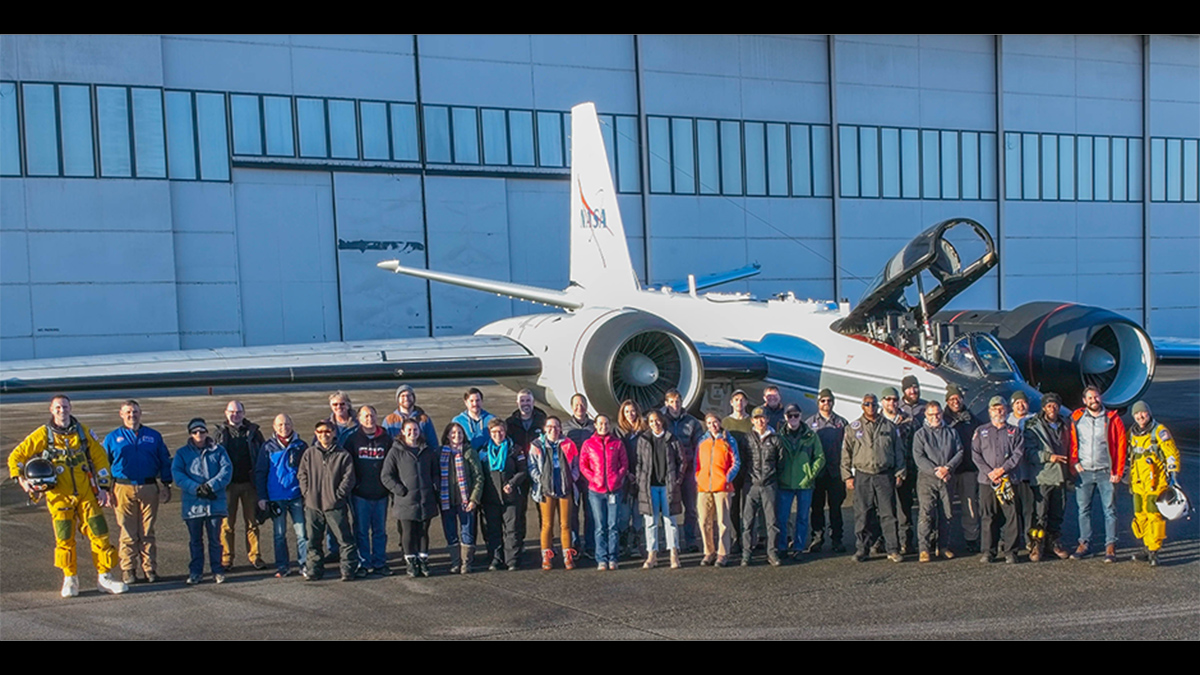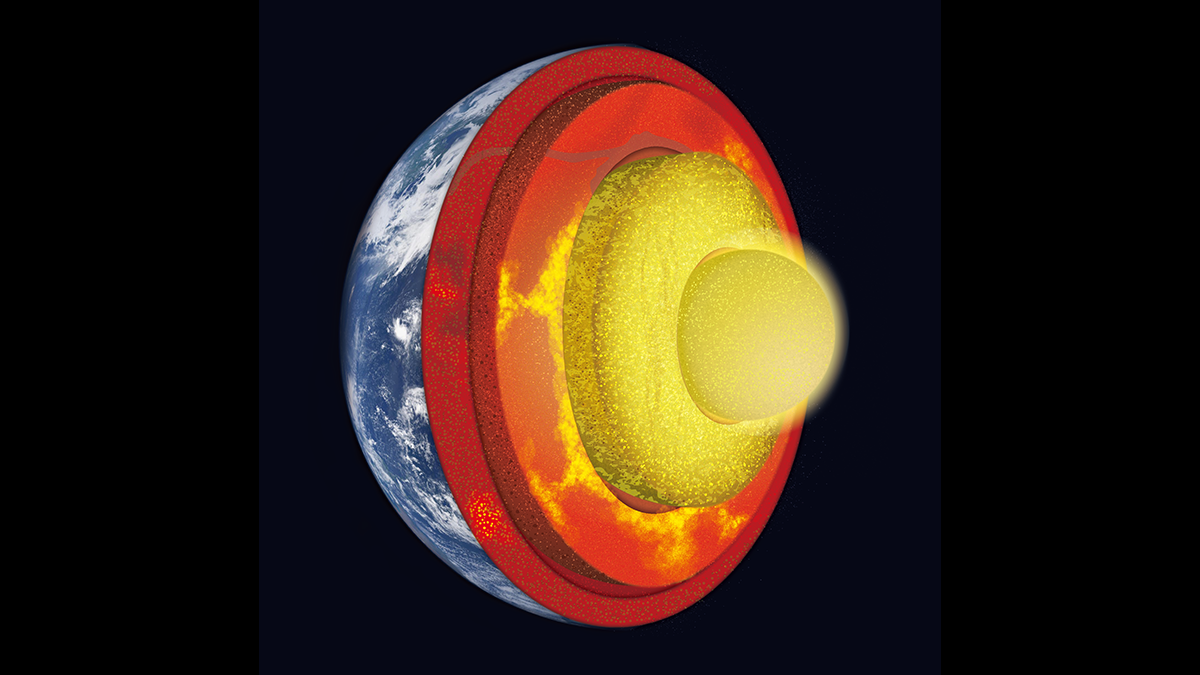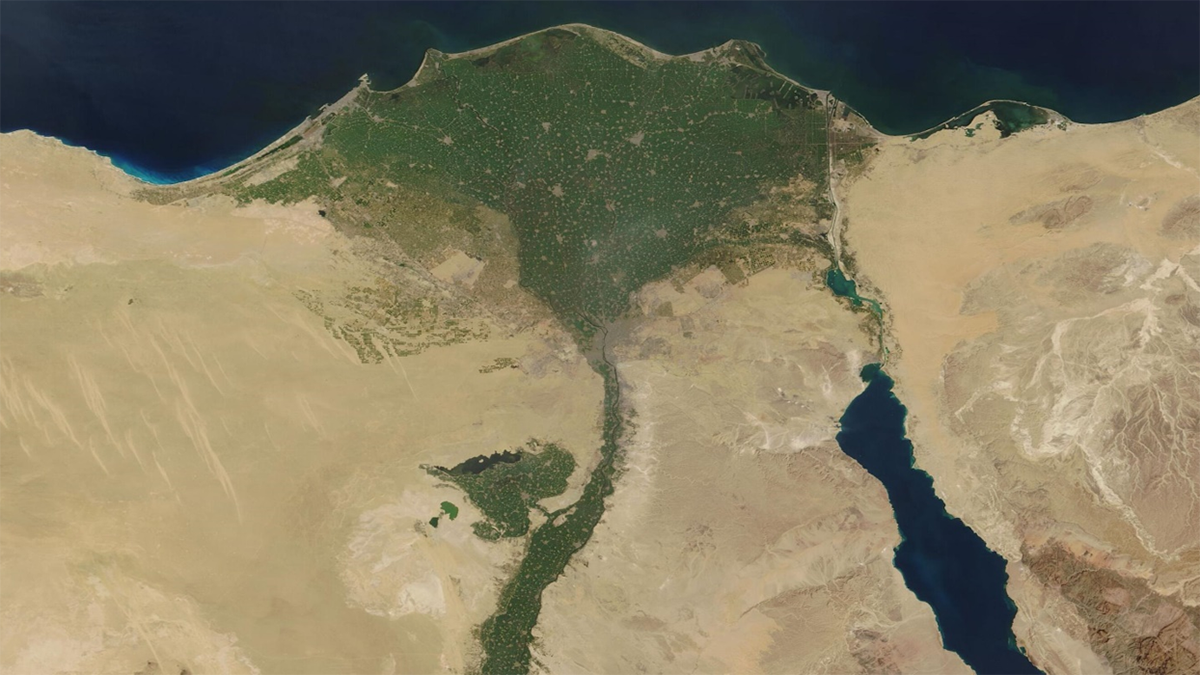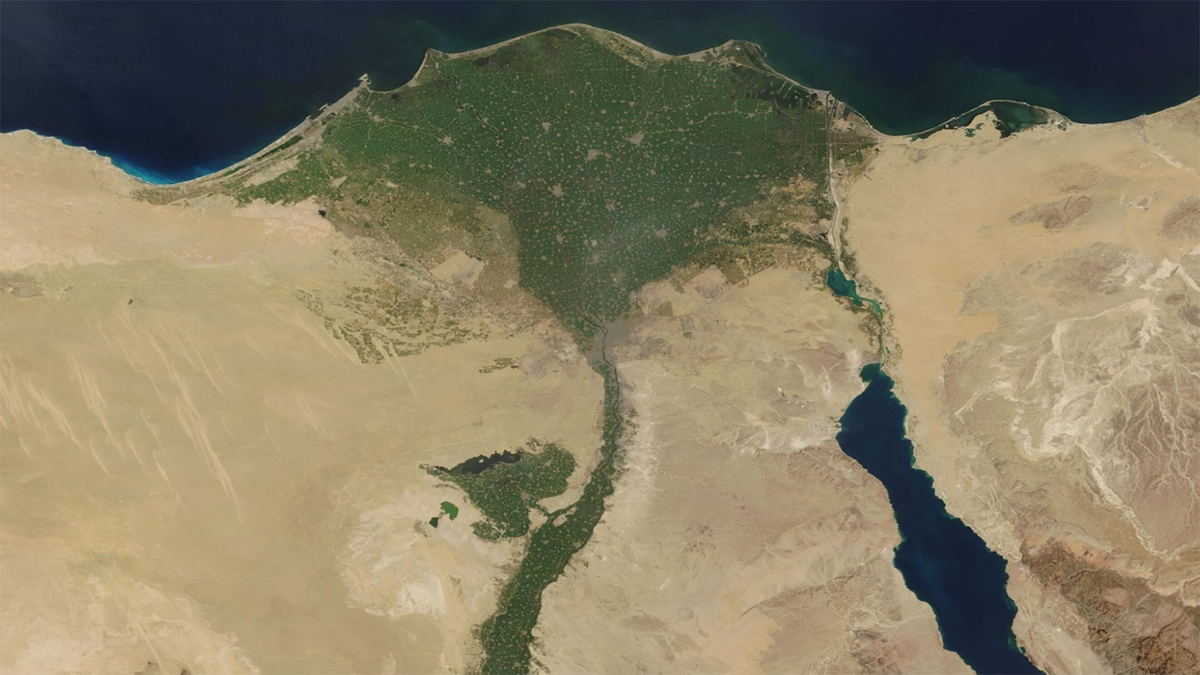The recently launched ‘Psyche’ mission will explore the eponymous asteroid and determine whether it is a fragment of a planetary core or a primordial, metal-rich body.
metals
Antarctic Ice Cores Capture Heavy Metal Pollution—And History
An ice core record stretching back more than 2 millennia hints at the mining and metallurgy that waxed and waned with events such as wars and epidemics.
Metals Could Reveal Corals’ Past Lives
Examining the role of stable metal isotopes in biological activities such as photosynthesis provides a promising new avenue of research into how coral responds to environmental stressors.
Spacecraft Are Sprinkling the Stratosphere with Metal
Metals from spacecraft reentry don’t simply vaporize and vanish. Scientists found them in the stratosphere.
Millions Likely Live in Areas Contaminated by Mining Runoff
Heavy metal contaminants from mining can live in ecosystems for centuries. A new global database shows where the problem is worst.
Digging Deep into Interactions Between the Core and Mantle
A new book presents major advances in our understanding of core-mantle interaction and co-evolution, and showcases technological developments improving our insights into deep Earth processes.
مراقبة تراكم الملوثات من المعادن الثقيلة في دلتا النيل
تُظهر نتائج تحاليل العينات أن إعادة استخدام مياه الصرف بدون معالجة والتوسع في إنشاء السدود يسبب زيادة تركيز المعادن الثقيلة الملوثة في دلتا النيل مما يهدد بشدة سلامة النظام البيئي والصحي والإنتاج الزراعي في مصر.
Tracking Heavy Metal Accumulation in the Nile Delta
Sediment measurements show that flow alterations and discharges are driving increasing concentrations of multiple heavy metals in the Nile Delta, threatening ecosystems, agriculture, and human health.
Suivie de l’accumulation des métaux lourds dans le Delta du Nil
Les analyses de sédiments montrent que la réutilisation de l’eau non traitée et la construction de barrages entraînent l’augmentation des concentrations de métaux lourds dans le Delta du Nil, menaçant gravement les écosystèmes, l’agriculture et la santé humaine.
The Fate of a Lake After a Dramatic Mining Disaster
Researchers tracked long-term sediment dynamics in Canada’s Quesnel Lake following the 2014 failure of a dam that spilled record-breaking amounts of contaminated mining waste.










